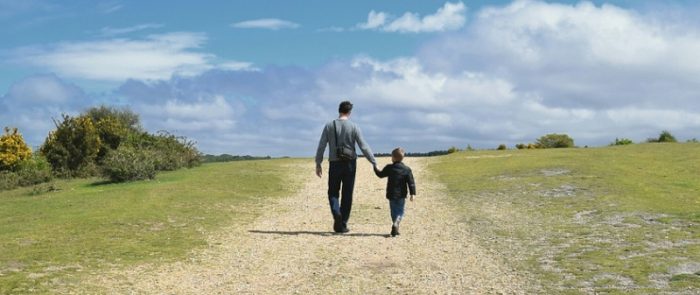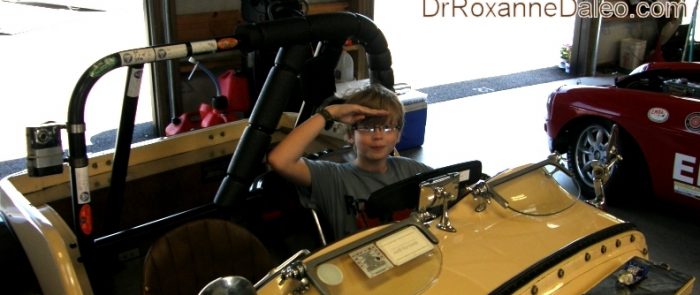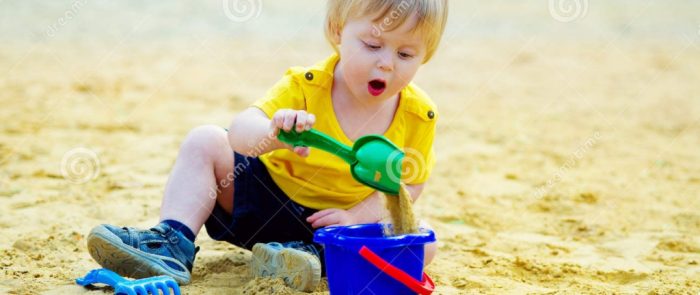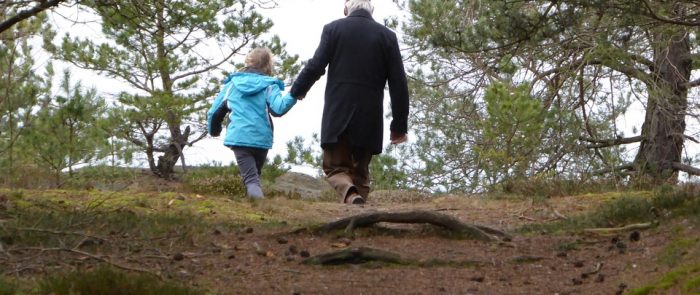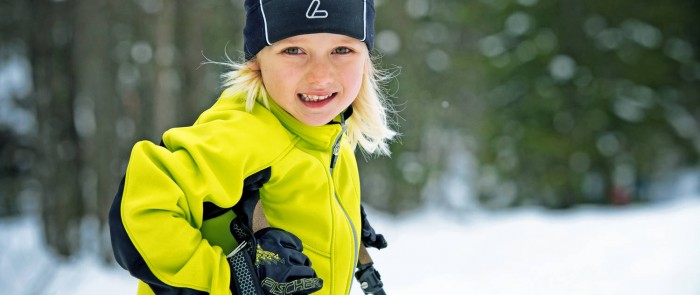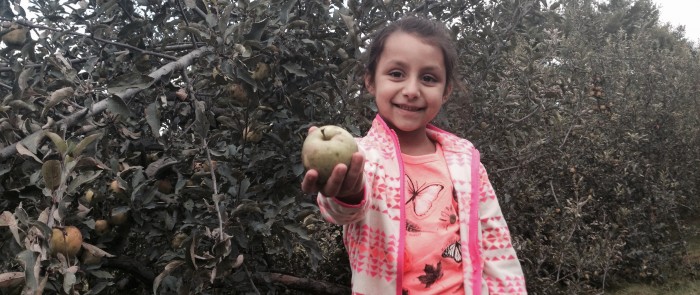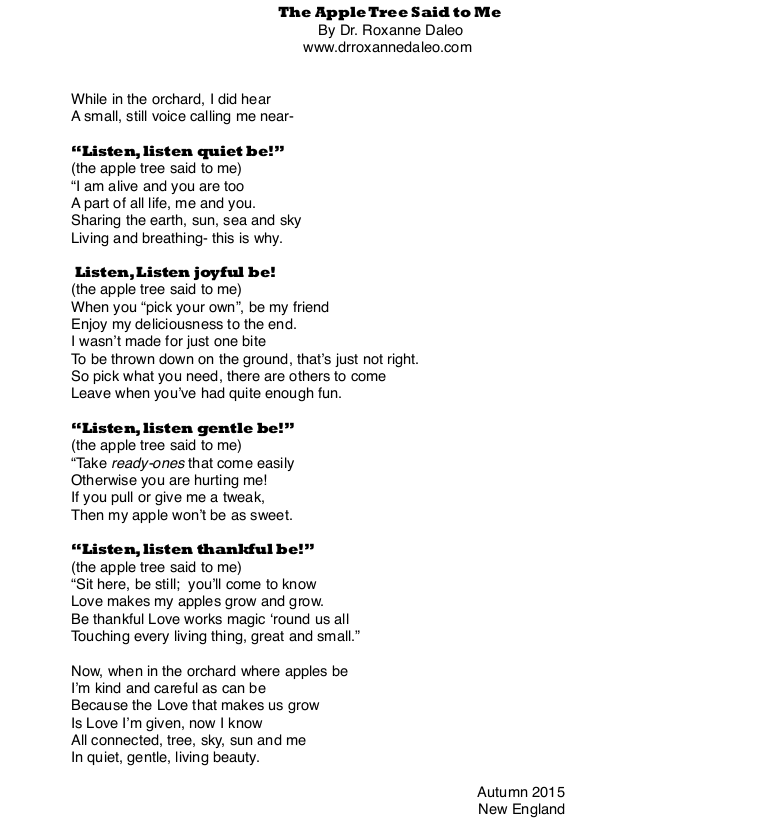or “If at first you don’t succeed, try, try again!”
By Dr. Roxanne Daleo
Our home team, the New England Patriots, won Super Bowl 51-having the biggest comeback in Superbowl history. Yeah! After the game,Tom Brady was interviewed, having achieved his fourth Superbowl MVP (Most Valuable Player) award to which he replied, “Football is a game of energy, motion and attitude.”
Yes, and I say, life is also a game of energy, motion and attitude. (Keep that thought, we’ll come back to it.)
Brady often referred to his teammates and coach Belichick as major contributors of his good fortune. He admitted, the team didn’t play as well in the first half; the score was 3-28 in the Falcons favor. But in the locker room at half-time, something amazing happened because by the end of the game the Patriots against all odds and the clock running out, tied up the game 28-28 and for a Superbowl first, they went into over time and won the game 34-28, a SUPER FININH!
Do you think for one minute, the Patriots started feeling sorry for themselves during the game? No, because they were not through going the distance to the finish line. Great athletes train themselves body and mind to stay in the moment with focus and concentration. The Patriots are trained to be present, moment by moment. One play at at time.
We are enrolling others all the time- either to the dreams we hold or to our problems. It’s intrinsic when we enroll to the possibility. We are using the law of attraction with our voice, vision and verve. Our voice because we say it, our vision because we see it and our verve because we believe it. This is the kind of unwavering “combo” we’re talking about – energy, motion and attitude. Do you have it, does your kid? And if not, how do you develop the qualities necessary to go the distance? In the old days, my parents called it “stick to it-ive-ness!”
I believe staying the course requires a mental discipline along with a physicality of health and stamina. Today, many children who have symptoms of stress overwhelm, lack the mindset and skill set to hold vision with passion and commitment. Both can be learned using good nutrition, exercise and stress management.
In my private practice I help children who are anxious and depressed learn new habits of thinking and behaving. The key factor lies in practicingtolerance for feelings of discomfort, such as worry, anger and pain, rather than medicating and numbing the feelings of discomfort. An inability to manage one’s emotions wisely causes stress symptoms such as restlessness, lack of concentration and impulsivity. Prolonged stress without relief leads to physical illness. So it is important to raise awareness by providing relief using effective stress reduction methods.
The ability to get up, try again, hold the vision of your finish line is the distinction between those who have the mind set and skill set and those who don’t. Awareness is a mind/body discipline. A discipline that only comes from a quiet mind, a mind cultivated by basic training of mindfulness meditation.
In the meditation itself you learn how to just sit, be still physically and emotionally by watching and breathing. Watching thoughts go by- just letting them be without judgement or trying to change them. Watching them drift by like a cloud in the sky. As you do, something happens. You start to feel an expansiveness, a freedom, a peace that cannot be disturbed even though you may do through the day unaware of this peace, it is always there.
The more you get in touch with “your true self, your peaceful self” the more old habits and limiting beliefs drop away. Your body/mind is an asset when you learn to take care of it and discover your treasure within.





